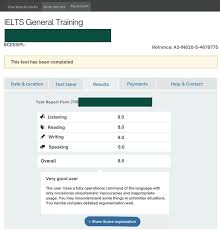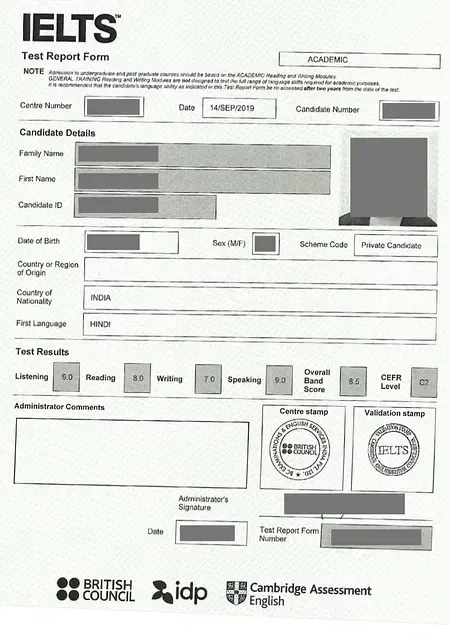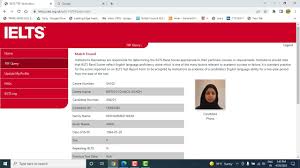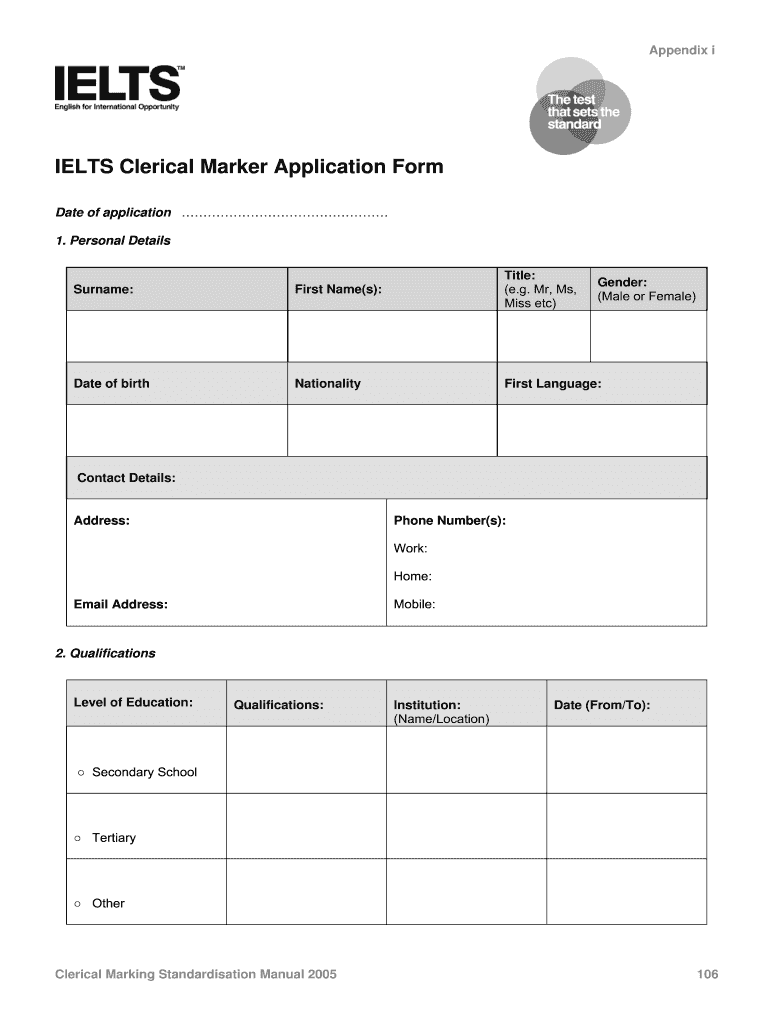IDP Login Result, In today’s digital world, security and user management are paramount for any organization. Identity Providers (IDPs) play a crucial role in this landscape by managing and verifying the identities of users who access various services. The term “IDP Login Result” refers to the outcome of the authentication process managed by an IDP when a user attempts to log in to an application or service. In this article, we will explore what IDP Login Results are, how they work, and why they matter.
What is an IDP?
An Identity Provider (IDP) is a system or service that creates, maintains, and manages identity information for users. It offers authentication services to ensure that only authorized individuals can access specific applications or data. Common examples of IDPs include services like Google, Facebook, Microsoft Azure AD, and Okta. These platforms allow users to log in to multiple services using a single set of credentials, which simplifies the user experience and enhances security.
How Does the IDP Login Process Work?
When a user attempts to access a service that requires authentication, the process typically involves the following steps:
- Login Request: The user tries to access an application or service. The application redirects the user to the IDP for authentication.
- User Authentication: The IDP prompts the user to enter their credentials (e.g., username and password). In some cases, additional authentication methods like multi-factor authentication (MFA) may be required.
- IDP Login Result: Once the user’s credentials are verified, the IDP generates an authentication response. This response, known as the IDP Login Result, is sent back to the application. It includes information about the user’s identity, such as their username, email, and other attributes.
- Access Granted or Denied: Based on the IDP Login Result, the application decides whether to grant or deny access to the user. If the authentication is successful, the user is granted access. If it fails, the user is denied access, and an error message is typically displayed.
Types of IDP Login Results
The IDP Login Result can have several outcomes, depending on the success or failure of the authentication process. Here are the most common types:
- Successful Login: The user’s credentials are verified, and access is granted. The IDP sends a successful authentication response to the application, often including a security token or session identifier.
- Failed Login: If the user’s credentials are incorrect, or the authentication process fails for another reason (such as account lockout or expired password), the IDP sends a failure response. The user is usually prompted to try again or seek help.
- Partial Success: In some cases, the login might be partially successful. This can happen when the user is authenticated, but additional steps (like consent or MFA) are required. The user may be prompted to complete these steps before full access is granted.
- Error or Exception: Sometimes, technical issues or configuration errors can lead to unexpected IDP Login Results. These might include timeouts, service unavailability, or misconfigurations. In such cases, the user is typically presented with an error message, and IT support may need to intervene.
Why IDP Login Results Matter
Understanding IDP Login Results is essential for both users and administrators. For users, it determines whether they can access the services they need. For administrators, analyzing login results can help in identifying potential security issues, optimizing user experience, and ensuring compliance with organizational policies.
Moreover, IDP Login Results are crucial for maintaining security. They allow administrators to track login attempts, detect unauthorized access, and enforce security protocols like MFA. By analyzing these results, organizations can also identify patterns that might indicate potential threats, such as brute-force attacks or phishing attempts.
Conclusion
In summary, the “IDP Login Result” is a key component of the authentication process managed by Identity Providers. It determines whether a user can access an application or service based on the verification of their credentials. Understanding the different types of login results and their implications is vital for ensuring secure and efficient access management within any organization. As organizations continue to rely on digital services and cloud-based applications, the role of IDPs and the significance of login results will only grow in importance.



